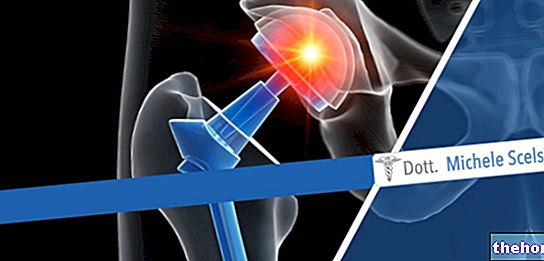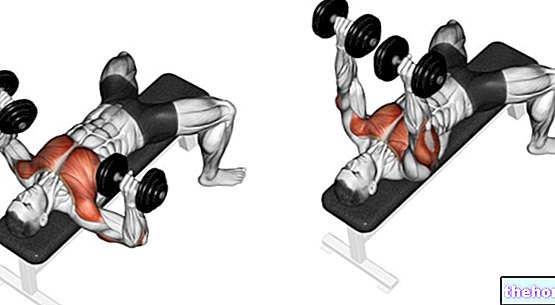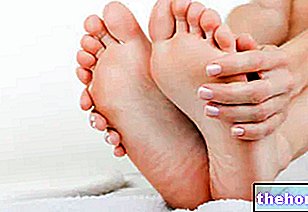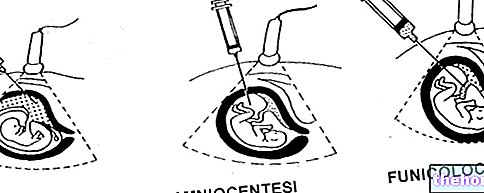Joint dislocation
Acute. Displacement of the heads of the joint with the loss of contiguity relationships. Generally it occurs due to an exogenous impact, which indirectly causes a large laceration of the joint capsule and ligaments.
or tendon muscle insertion. It can occur at any point: in the muscle belly or at the muscle tendon insertion level. The tear is caused either by an excessive stretching of the muscle, or by an abrupt and sudden increase in tension within the muscle system - tendon, resulting in laceration. In the vast majority of cases, however, the tears occur within the normal range of motion, during the vigorous action of the muscle. Both sprain and tear are acute trauma.
Tendon rupture
Acute.It is part of the tears, but more specifically affects the tendons; these can be partially damaged or in total interruption of continuity, even on the bone or muscle insertion.
Bruise
Acute. It occurs due to the impact of an external body against the muscle with damage to the skin and underlying tissues. This injury involves the rupture of the capillaries, hemorrhage, edema and inflammatory reaction. The irritation of the nerve endings follows pain.
Bone fracture
Acute. Any loss of the contiguity of a bone due to particularly violent impacts.
Wear injury
Chronic. Damage caused not by a traumatic event, but by the recurrence over time of unnatural movements for the joint or, if in the normal range, by prolonged excessive stress. For example, the prolonged execution of the hack squat can be etiological for an inflammation of the patellar tendon. As we will see below, wear injuries are the most frequent in wrong executions in the weight room. Weightlifting for bodybuilding hardly leads to acute trauma, except for macroscopic errors, but we will also identify where these can occur - different is for disciplines like powerlifting or weightlifting.



























